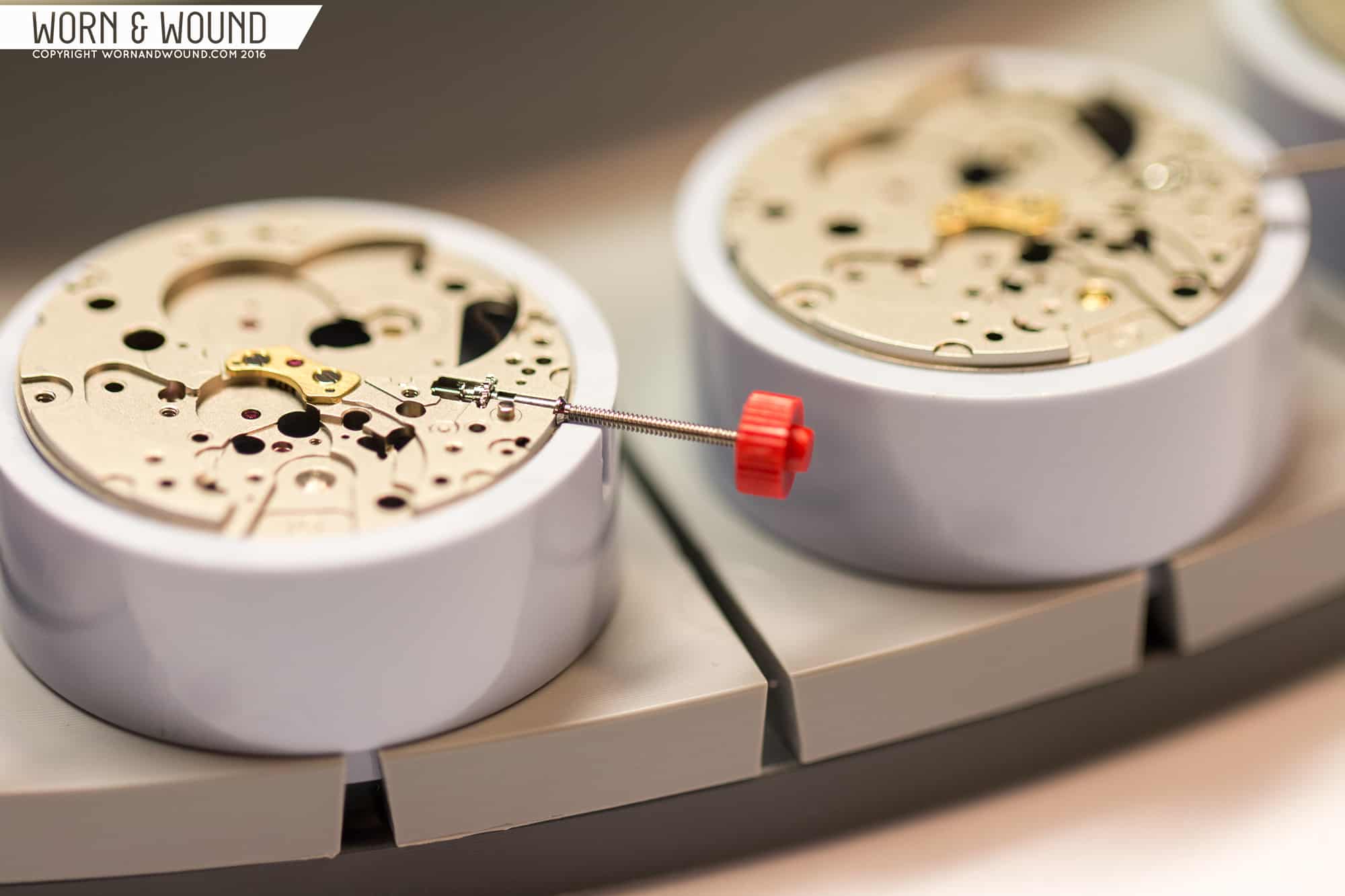In episode 9 of The worn&wound Podcast, we discussed what was at the time the newly released White Paper on Fine Watchmaking. If you haven’t done so yet, go give it a listen. But to summarize, the White Paper ultimately set out to define “fine watchmaking” and the firms that embody that definition. The effort was three years in the making, and at the end of it all, the Fondation de la Haute Horlogerie—the organization behind the White Paper—recognized 64 brands as being exemplary of this label.
We ultimately concluded our conversation feeling a bit cynical about the exercise. But we also wanted to hear a counterpoint from someone who viewed the whole thing in a different light, so we invited our listeners to hit us up with their thoughts. Well, one of our listeners, Allen Farmelo, took up that challenge and sent us a reply via email, and with his permission, we wanted to share that reply with you today. Read it below:
I just listened to, and enjoyed, your podcast on the White Paper defining fine watchmaking. You asked at the end for counterpoint to what I would describe as your collective dismay at the paper, so I thought I’d offer some.
We live in an era in which digital technologies (especially the Internet, computers, and smartphones) have thoroughly reshaped the way we design, make, understand, buy, sell, market, value and interact with all kinds of things. As of this writing I’m 47, so I grew up in an analog world. My generation (X, or whatever anyone wants to call it) is the last to know the analog world as such (i.e., not a nostalgic thing, but just how things were). I was born at the dawn of the Quartz Crisis, a moment that signaled our digital future and drew a sharp line between traditional watchmaking and the new technologies. For perhaps a few decades, the difference between mechanical and electronic watches was the predominant, undisputed delineation within watchmaking. It served to emphasize the difference between the high craft of mechanical watchmaking and the quick-n-cheap automated production of quartz-driven, battery-powered microprocessors. The mechanical watch industry was in a serious financial crisis, but it wasn’t in a crisis of meaning. We knew what was what, and eventually, the mechanical watch revival capitalized on that categorical clarity.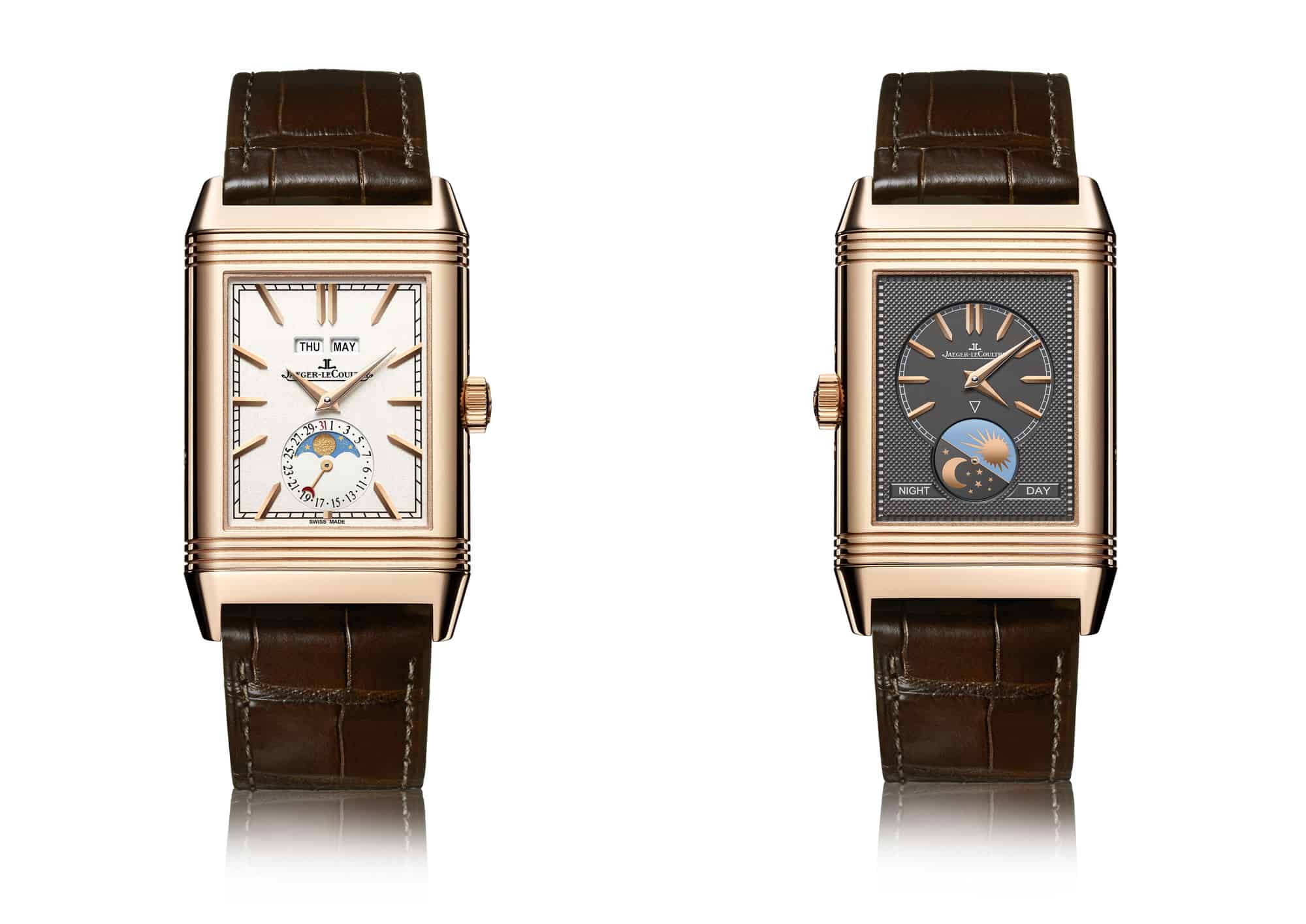
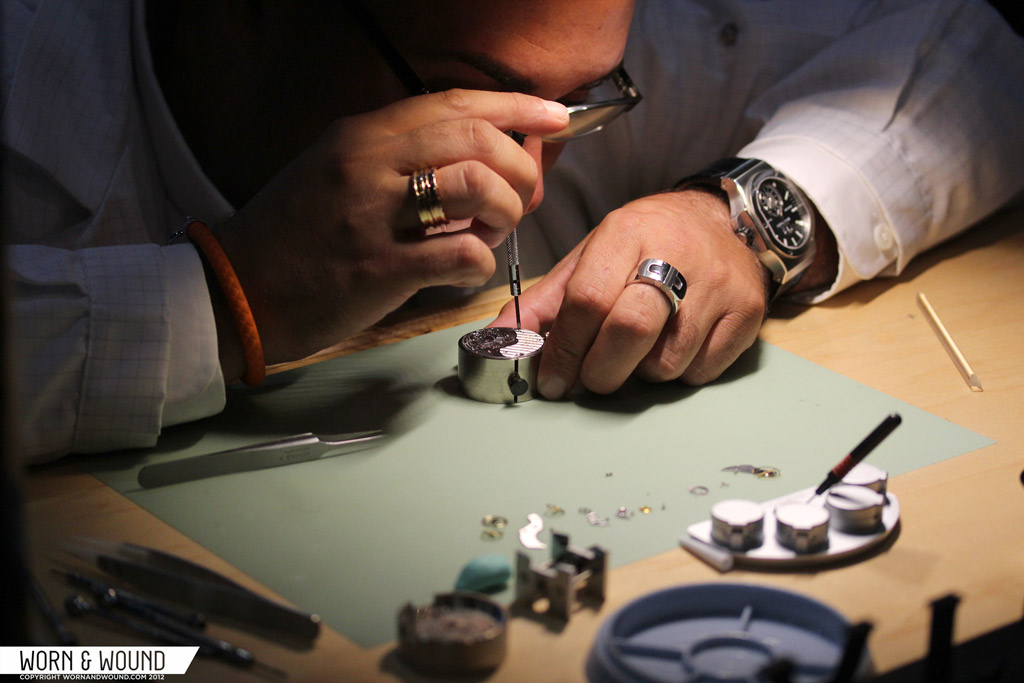 Today we have entered a far messier context within which to delineate between sectors of watchmaking. Digital, analog and mechanical technologies imitate, infuse and inform each other in myriad ways as watch designers and builders innovate with all the available tools. Barring the vintage market, today there is no hard line that says X-watch is derived solely from this era’s technology, and Y-watch is from another. For example, the most sophisticated, hand-built movement might have been 100% computer rendered; Rolex couldn’t keep up with the pace of production without robots; Hublot contextualizes cutting-edge materials within a tradition of high craftsmanship. The clear-cut mechanical-electronic dichotomy that the Quartz Crisis set up has dissolved into a swirling mess of blurry boundary regions that resemble unruly weather patterns far more than crisp borders between distinct realms.
Today we have entered a far messier context within which to delineate between sectors of watchmaking. Digital, analog and mechanical technologies imitate, infuse and inform each other in myriad ways as watch designers and builders innovate with all the available tools. Barring the vintage market, today there is no hard line that says X-watch is derived solely from this era’s technology, and Y-watch is from another. For example, the most sophisticated, hand-built movement might have been 100% computer rendered; Rolex couldn’t keep up with the pace of production without robots; Hublot contextualizes cutting-edge materials within a tradition of high craftsmanship. The clear-cut mechanical-electronic dichotomy that the Quartz Crisis set up has dissolved into a swirling mess of blurry boundary regions that resemble unruly weather patterns far more than crisp borders between distinct realms.
Is the White Paper in question a futile attempt to draw hard lines around a fast-moving storm? Perhaps. But it is interesting to ask, as the worn&wound podcasters did, what the goals of such a potentially futile exercise might be.
For the most part I agree with the cynicism found in your podcast. This White Paper may just be an attempt to secure a market sector; the whiff of nepotism is strong (TAG but not Grand Seiko? Could one ever exclude Jean-Claude Biver’s enterprises from such a list, or does Seiko just need to set more diamonds while using fewer machines to make the cut? Is this paper why Grand Seiko rebranded as a singular entity?); perhaps this paper is an attempt to drive up perceived values of new watches within a saturated pre-owned market; etc. It is not hard to see why you were cynical about the agenda of the White Paper.
However, perhaps the biggest problem with trying to draw a line around what one considers to be both an older, higher category of craftsmanship and the ensuing higher value of it, is that, unfortunately, those who draw such lines end up sounding like a bunch of Stuffed Shirts. Inevitably, defending an elite-access-only territory typically alienates, rather than indoctrinates, all but a select few of a younger generation. As I listened to your podcast, I thought, “These guys are the Punks of Watchdom. They’re rolling their eyes at the Stuffed Shirts.”
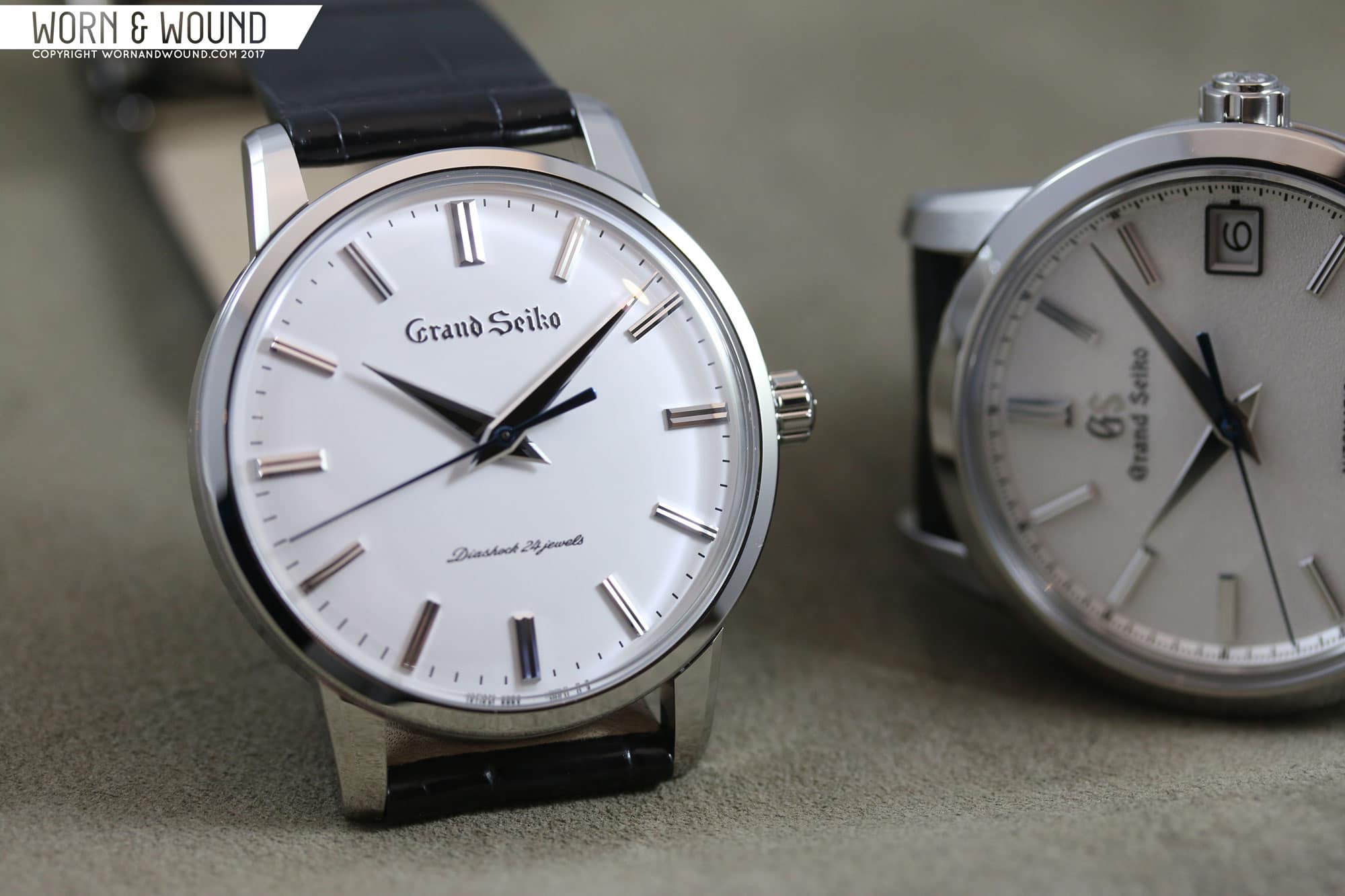 And maybe the Stuffed Shirts want that reaction from The Punks. Maybe they want to signal that fine watchmaking is only for those who have climbed up the pyramid of capitalism toward the ever narrowing nether regions of wealth where just a handful of elite watch enthusiasts can sustain an entire company (think of those limited editions of two mid-six-figure watches at the extreme). Maybe the authors of the White Paper were trying to say “No Punks Allowed” in order to draw in a new batch of younger Stuffed Shirts who will eventually buy an IWC Grand Complication for more money than most spend on a house.
And maybe the Stuffed Shirts want that reaction from The Punks. Maybe they want to signal that fine watchmaking is only for those who have climbed up the pyramid of capitalism toward the ever narrowing nether regions of wealth where just a handful of elite watch enthusiasts can sustain an entire company (think of those limited editions of two mid-six-figure watches at the extreme). Maybe the authors of the White Paper were trying to say “No Punks Allowed” in order to draw in a new batch of younger Stuffed Shirts who will eventually buy an IWC Grand Complication for more money than most spend on a house.
But I am trying to offer a counterpoint to such cynicism.
By engaging in watch obsession, the Stuffed Shirts, The Punks and everyone in-between trades in time-telling symbols. We assign our own meanings to these symbols, and it’s inevitable that generational differences, class differences, lifestyle and cultural differences, aesthetic differences and all sorts of semiotic stuff gets contested through not just our passion and ownership of watches, but perhaps more so through our evaluations of watches (even those we won’t ever own). We go on watch forums to banter passionately about watches, but we end up showing the world who we are more than anything. In the end, what we say about watches is really about ourselves.
That is not a new notion, of course. However, were I to proffer what the White Paper is really doing, I’d say it’s carving out territory for an elite sector of watch obsessors within the swirling confusion of our postmodern world—and by that I mean a world in which symbolic meaning itself has become as unpredictable as Earth’s increasingly erratic weather. The Stuffed Shirts are trying to build consensus around the boundaries of a territory they call Fine Watchmaking, and when The Punks refuse to consent, they (you? Anyways, The Punks)—through acts of self-exclusion—only succeed in establishing that elite territory more concretely. It’s a classic semiotic battle in which both sides win their desired meaning.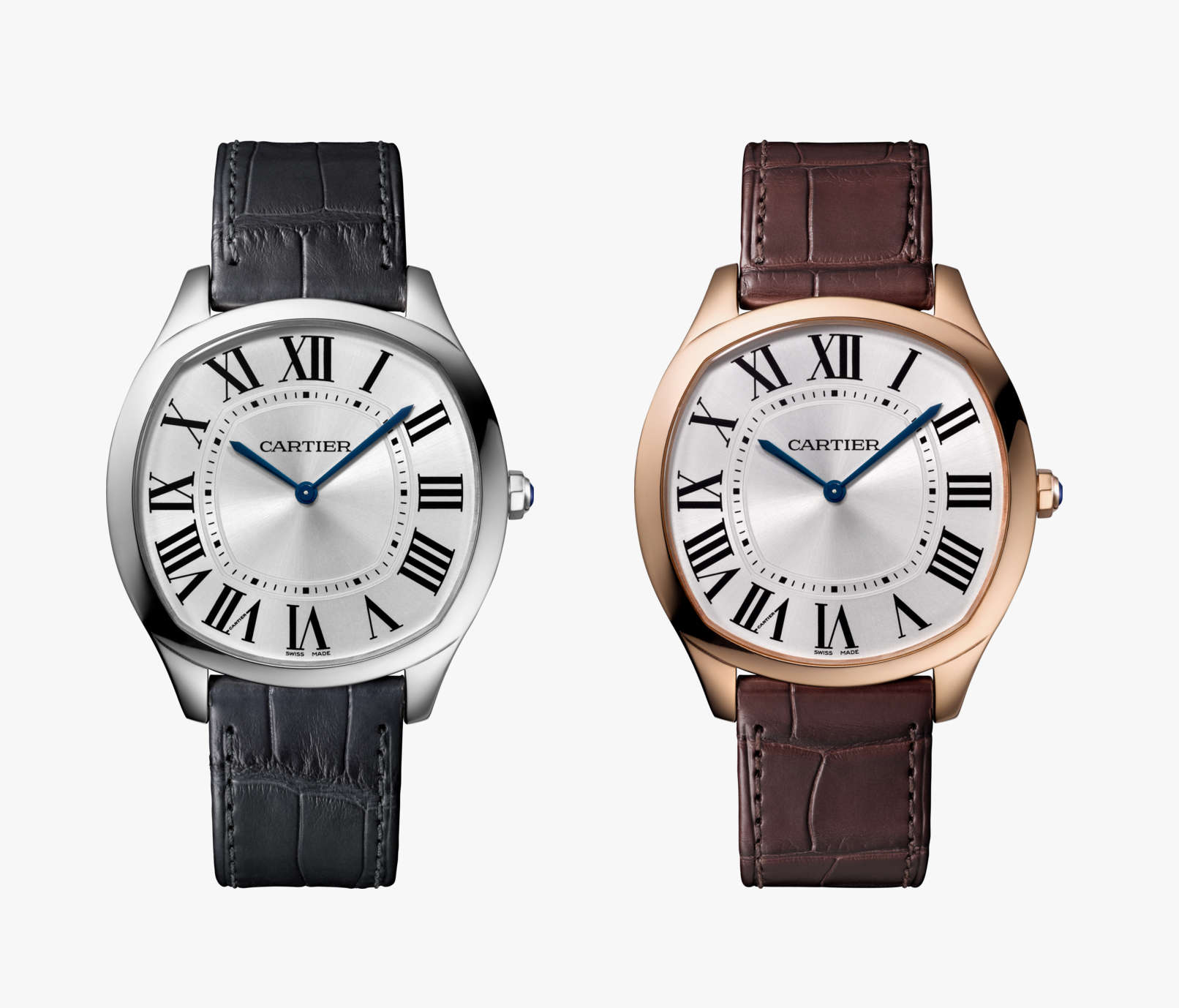
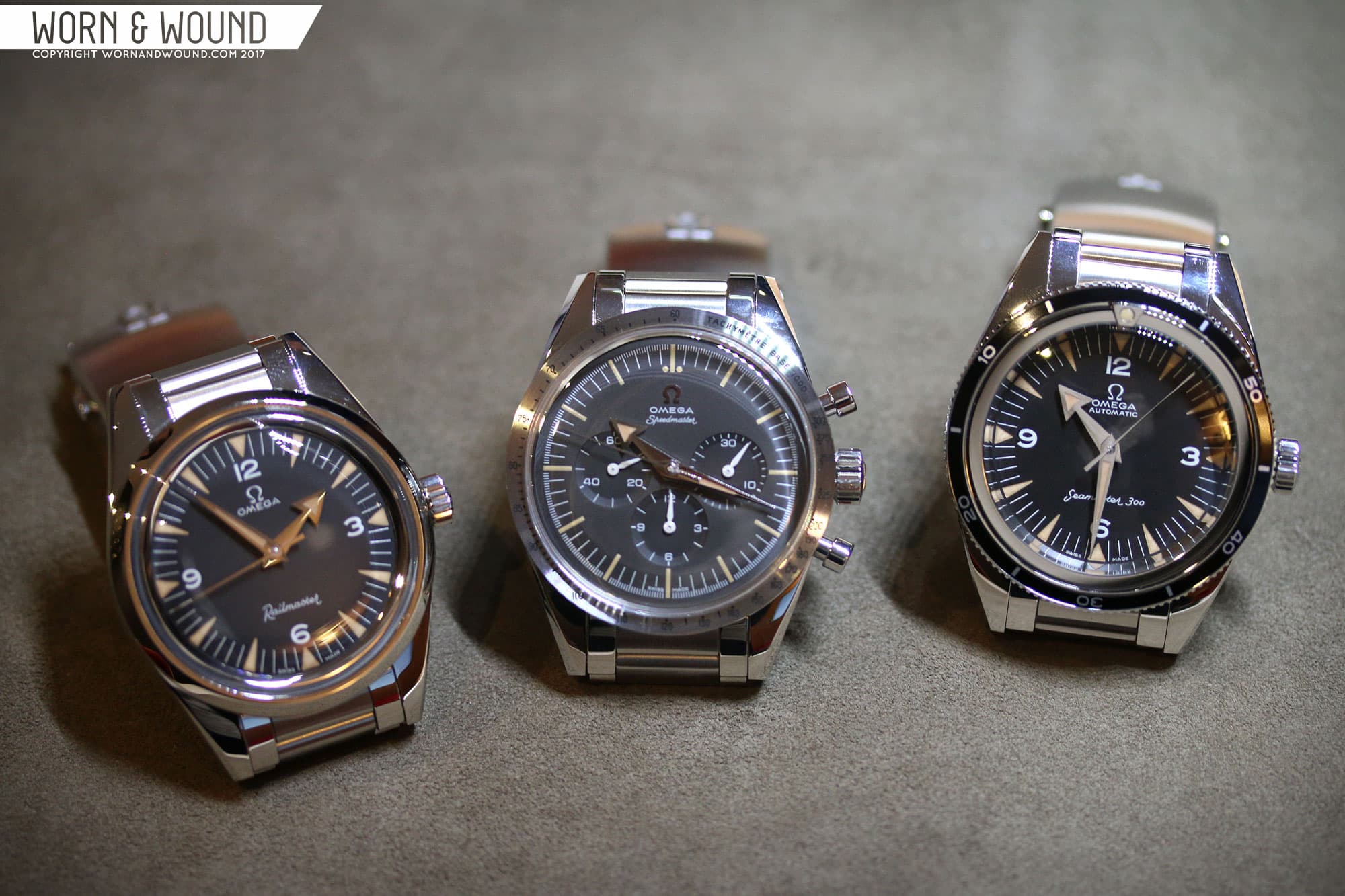 Because I inhabit it, I am interested in the wide continuum between the Stuffed Shirts and The Punks. The tension and distance between them brings us back to my original point about my uniquely positioned generation who is, it seems, mostly obsessed with the analog/digital dichotomy. That dichotomy is going to be the big divide we Xers (or whatever you want to call us) will see in our lifetime. Forget the Fall of Communism, or the Rise of Globalism, or whatever. Our world, both macro and micro, has been completely reshaped by the emergence of digital technology and all that comes with it. Because we are just old enough to have witnessed such a significant transformation of the world, the White Paper resonates on a deep level that no cynicism can reach. We are neither Punks nor Stuffed Shirts. We are the Average Middle Aged Watch Fans (AMAWFs), the ones stuck in the middle clinging to elements of the attitude behind the White Paper, as well as to the esprit de punk that rejects those attitudes.
Because I inhabit it, I am interested in the wide continuum between the Stuffed Shirts and The Punks. The tension and distance between them brings us back to my original point about my uniquely positioned generation who is, it seems, mostly obsessed with the analog/digital dichotomy. That dichotomy is going to be the big divide we Xers (or whatever you want to call us) will see in our lifetime. Forget the Fall of Communism, or the Rise of Globalism, or whatever. Our world, both macro and micro, has been completely reshaped by the emergence of digital technology and all that comes with it. Because we are just old enough to have witnessed such a significant transformation of the world, the White Paper resonates on a deep level that no cynicism can reach. We are neither Punks nor Stuffed Shirts. We are the Average Middle Aged Watch Fans (AMAWFs), the ones stuck in the middle clinging to elements of the attitude behind the White Paper, as well as to the esprit de punk that rejects those attitudes.
This deeper resonance that I, an AMAWF, have with the White Paper’s attempt to delineate Fine Watchmaking is probably best described by Aurel Bacs definition: “a state of mind.” What I love about that definition is that it admits the folly of hard lines and says, essentially, that Fine Watchmaking is really a vague region around which the Stuffed Shirts have decided to pin down whatever quasi-consensus they could. It’s precisely because that quasi-consensus is so fragile that one would draft and publish something like the White Paper. It is a cry of longing for long-lost clarity. It is an attempt to inflate a lifeboat in the howling winds and pounding oceans of the postmodern watchmaking scene. As an Average Middle Aged Watch Fan who knows first-hand that things were once more clearly delineated, and that, therefore, deriving meaning from watches was once far simpler, I totally get it.
We can talk all day about computerized CNC machines cranking out Patek Philippe cases and so on, but in the end we are talking about how a watch—or a category of watch—makes us feel. Think about how we might attempt to draw hard lines around other categories. Tool Watches, Diver Watches, Everyday Watches, Beaters, Dress Watches, Casual Watches, Jeans-n-Sweater Watches, Yard-Work Watches—I could go on, but you get the point that we don’t really have secure boundaries around these time-piece territories any more than the Stuffed Shirts do around Fine Watchmaking. Any attempt to put down exactly what qualifies a watch to enter these categories would be just as rife with the problems the authors of the White Paper encountered.
Imagine that you are not only passionate about Micro-Brand Tool Watches (MBTWs), but that you’ve dedicated a long career to MBTWs, invested endless hours of experience into knowing everything about MBTWs, helped build up the best MBTWs outfits over decades, and because the world is an unstable place you’ve seen the MBTW industry change and struggle and grow diffuse as it is encroached upon by a bunch of 3D-Printing Neo-Punks who think they’re suddenly “watchmakers” because they can drone-deliver highly customized one-offs straight to your door. And so you and your colleagues—passionate folks with a stake in the MBTW game—sit down to write the White Paper on Micro-Brand Tool Watches. It could happen. Every Punk becomes an Old Fart eventually.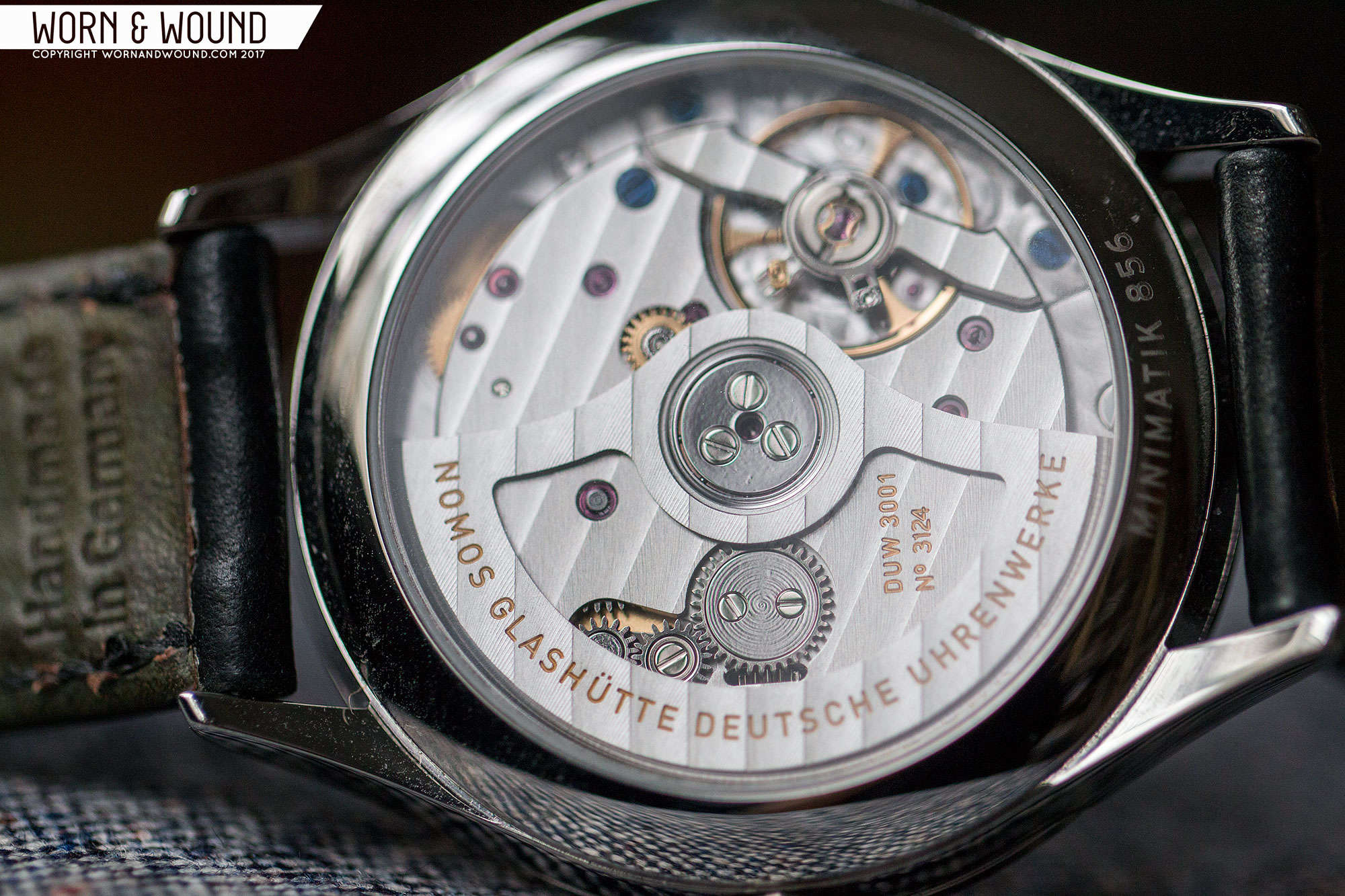 And at the risk of sounding like I want to bash so-called Millennials (I don’t like that term any more than I like Gen-Xer), there is a tendency today for young people to bypass the long-haul of apprenticeship and the humble road of 10,000 hours of experience before taking a title in a field. And that is because of digital technology. Young people buy some recording or film software and unabashedly call themselves Record Producer or Filmmaker. They buy a digital SLR and suddenly they’re a Real Photographer. There’s been no training, no apprenticeships, no deep knowledge, no cleaning toilets just to get a foot in the door, and, worst of all, nearly zero experience. It’s an instant, self-assigned, unvetted title. Some micro-brands selling watches can be perceived the same way. Some person learns about sourcing materials, pieces together a design aesthetic and branding, spends twenty hours on Squarespace, gets it up on Kickstarter and now they are a Watchmaker. I own and adore a couple micro-brand watches, yet this instant-watchmaker thing can feel disingenuous to those of us who came up in an analog world where we were humbly made to learn a craft at a snail’s pace.
And at the risk of sounding like I want to bash so-called Millennials (I don’t like that term any more than I like Gen-Xer), there is a tendency today for young people to bypass the long-haul of apprenticeship and the humble road of 10,000 hours of experience before taking a title in a field. And that is because of digital technology. Young people buy some recording or film software and unabashedly call themselves Record Producer or Filmmaker. They buy a digital SLR and suddenly they’re a Real Photographer. There’s been no training, no apprenticeships, no deep knowledge, no cleaning toilets just to get a foot in the door, and, worst of all, nearly zero experience. It’s an instant, self-assigned, unvetted title. Some micro-brands selling watches can be perceived the same way. Some person learns about sourcing materials, pieces together a design aesthetic and branding, spends twenty hours on Squarespace, gets it up on Kickstarter and now they are a Watchmaker. I own and adore a couple micro-brand watches, yet this instant-watchmaker thing can feel disingenuous to those of us who came up in an analog world where we were humbly made to learn a craft at a snail’s pace.
And this is why the White Paper resonates with me. It’s why I can feel both what you Nomos-loving Punks feel and what the Stuffed Shirts are clinging to. We all want to know that what we value is valued.









 Featured Videos
Featured Videos




